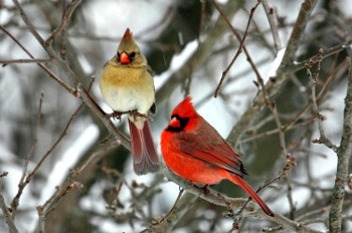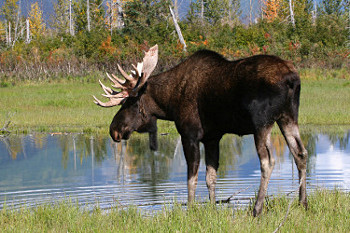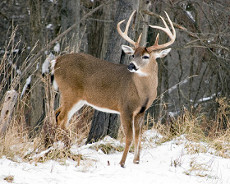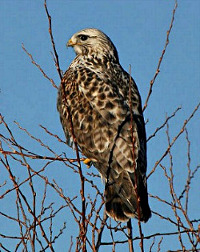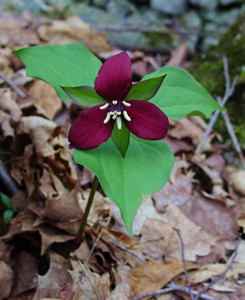Nature of New England
Photos and information about birds, mammals, butterflies & wildflowers
Seasons of Nature in New England
-
Early Spring
-
- Some Great Horned Owls have completed incubation by the middle of March. The clutch size is usually 2-3 eggs. Incubation begins after the first egg is laid and continues for approximately four weeks. After hatching, the young owls fledge in about 40 to 45 days but remain dependent upon their parents for food until they can fend for themselves.
- One of the earliest spring migrants, the Eastern Phoebe returns to New England around mid-March. The males precede the females and begin immediately to establish their territories and sing their spring song. Nest building begins soon after the female arrives. She builds the nest using mud, grass and moss. Sometimes she will reuse an old nest of her own species - or another species. When this occurs, she will renovate the nest before laying eggs.
- Other early songbird migrants are the American Woodcock, Red-winged Blackbird, Common Grackle, Brown-headed Cowbird, and American Robin.
- By March, the spring migration of hawks and other New England raptors is underway.
- By mid-April, the black bears have begun to emerge from their winter dens. In some years, this will begin as early as late March. The male generally comes out of his den first. The female and her cubs leave their den a little later. Note: This year the black bears starting leaving their dens earlier than usual.
- The female coyote gives birth in April or early May. The average litter size is six pups. The pups are raised by both parents and other adult coyotes may help out. The young coyotes will reach adult size in 9 to 12 months. They usually disperse to find their own territories within a year or less.
- In April, the male wild turkey begins his gobbling and courtship displays. After mating, the hen builds a nest in a small depression - usually in an area with some cover. She lays 8 to 15 eggs which hatch within about a month.
- The mating sounds of the spring peepers and wood frogs begin to be heard during this early spring period.
Note: The "early spring" period is the time
from approximately March 1 through mid-April. Timing of events
will vary depending upon your latitude and elevation.:
Photo credits: ©
S. Byland,© S. D. Bower, © Troy Bartlet, art-today, © B. Macqueen, USFWS
